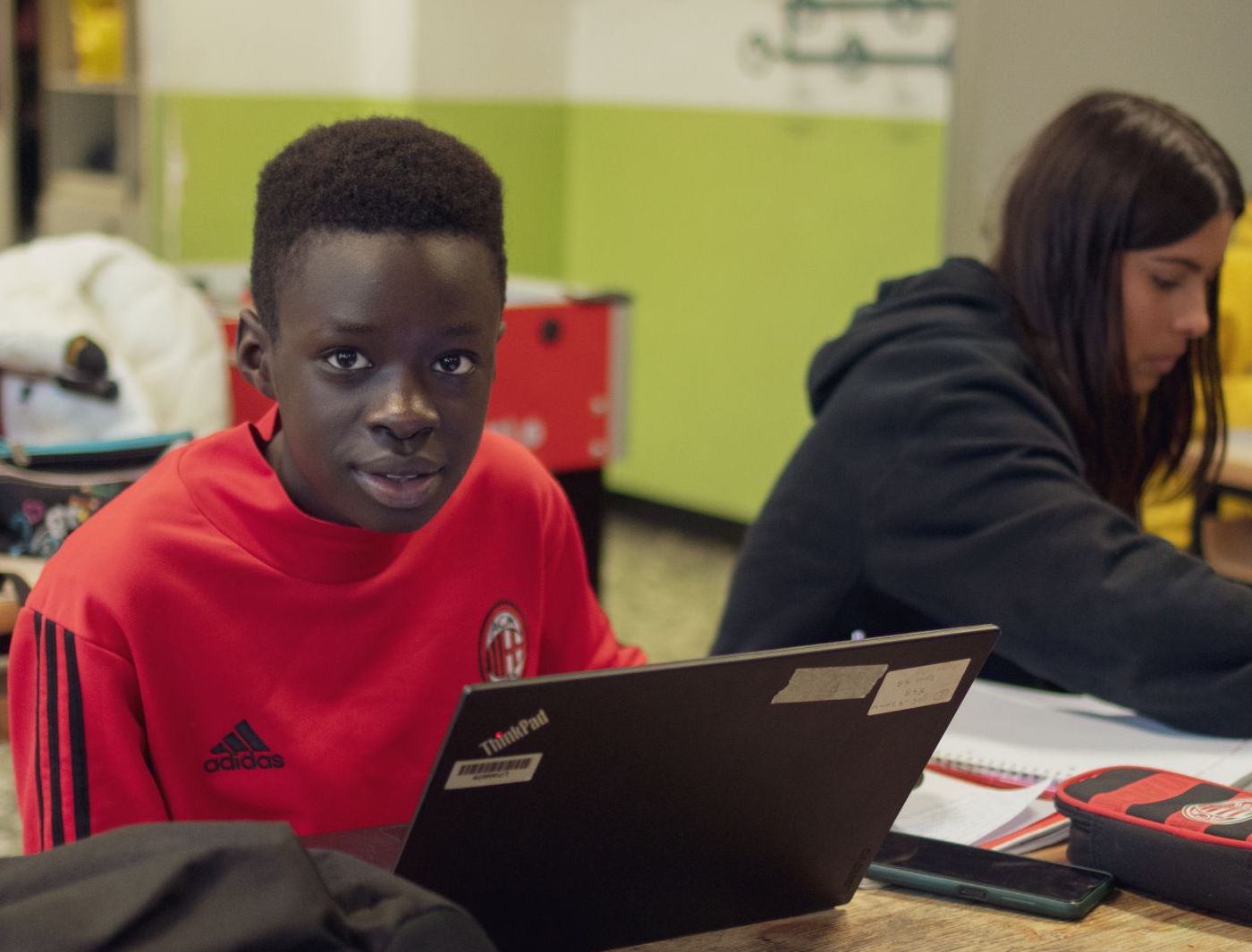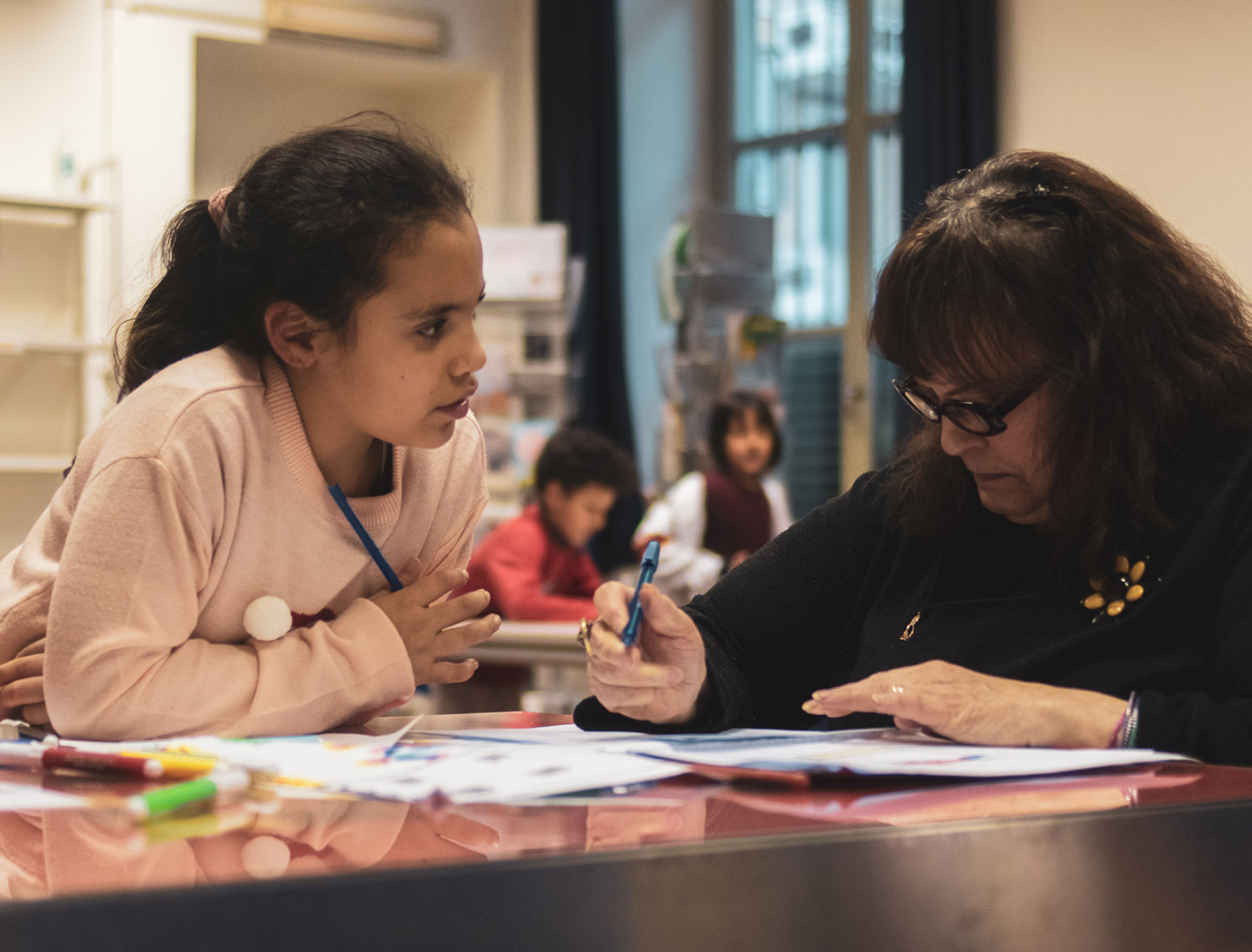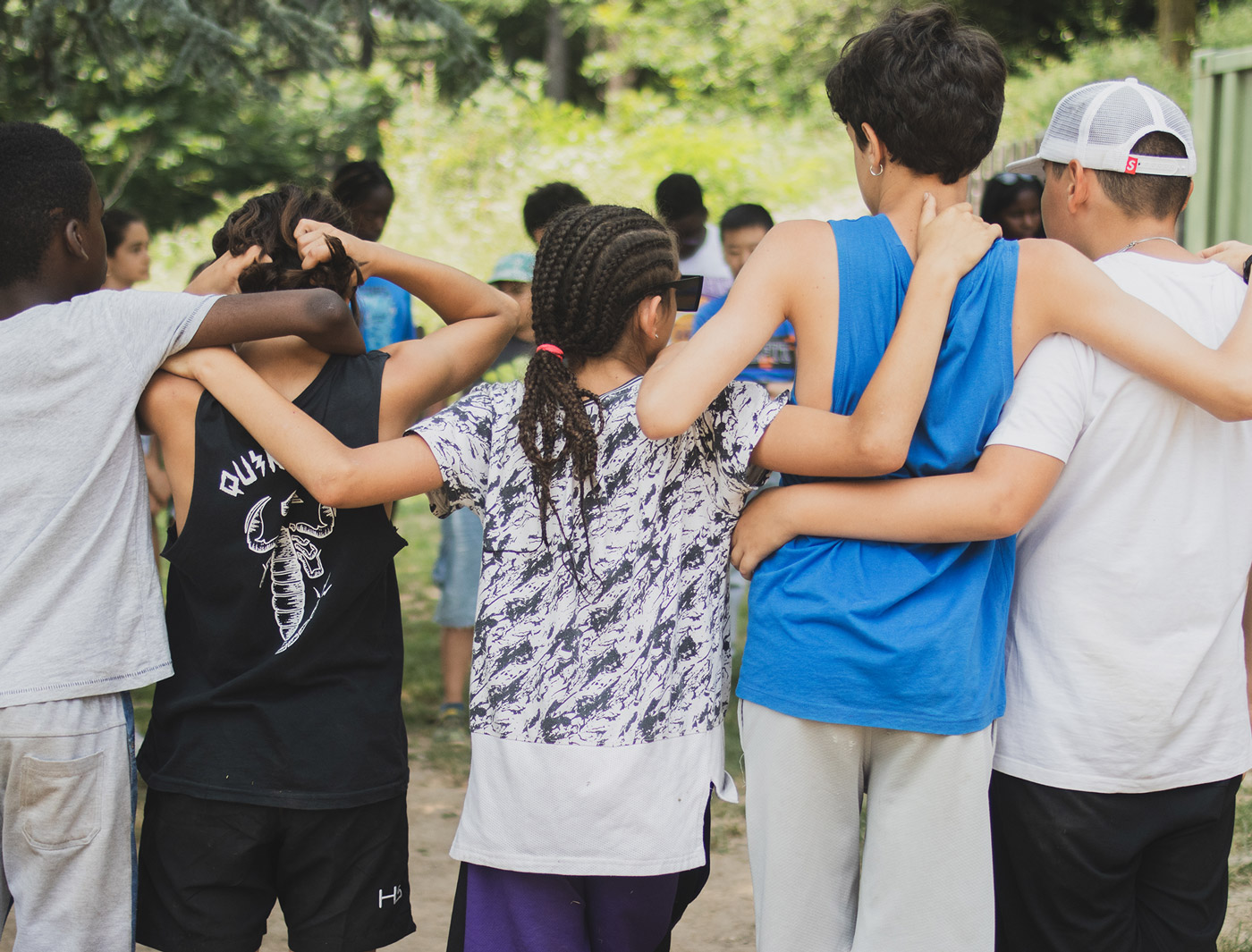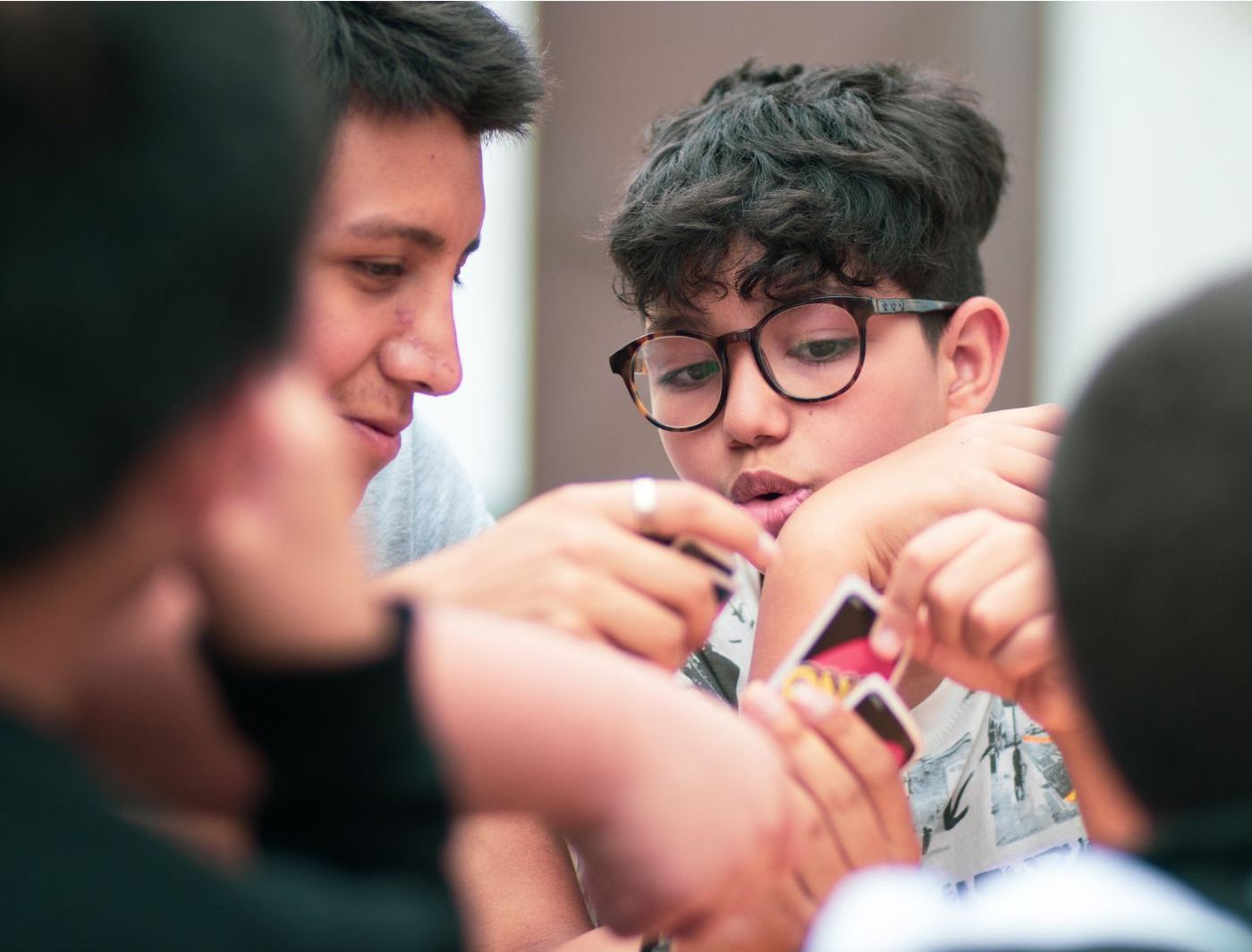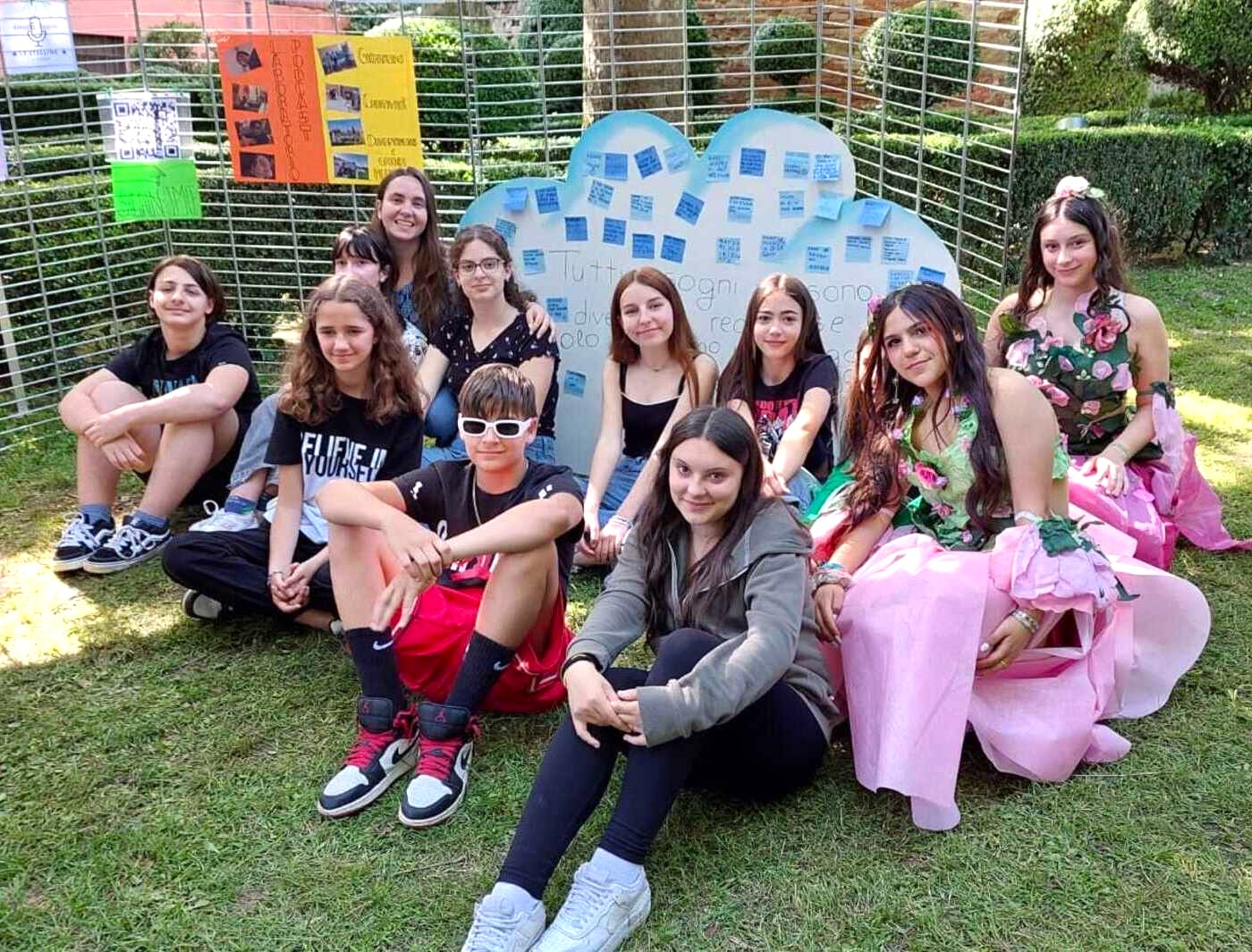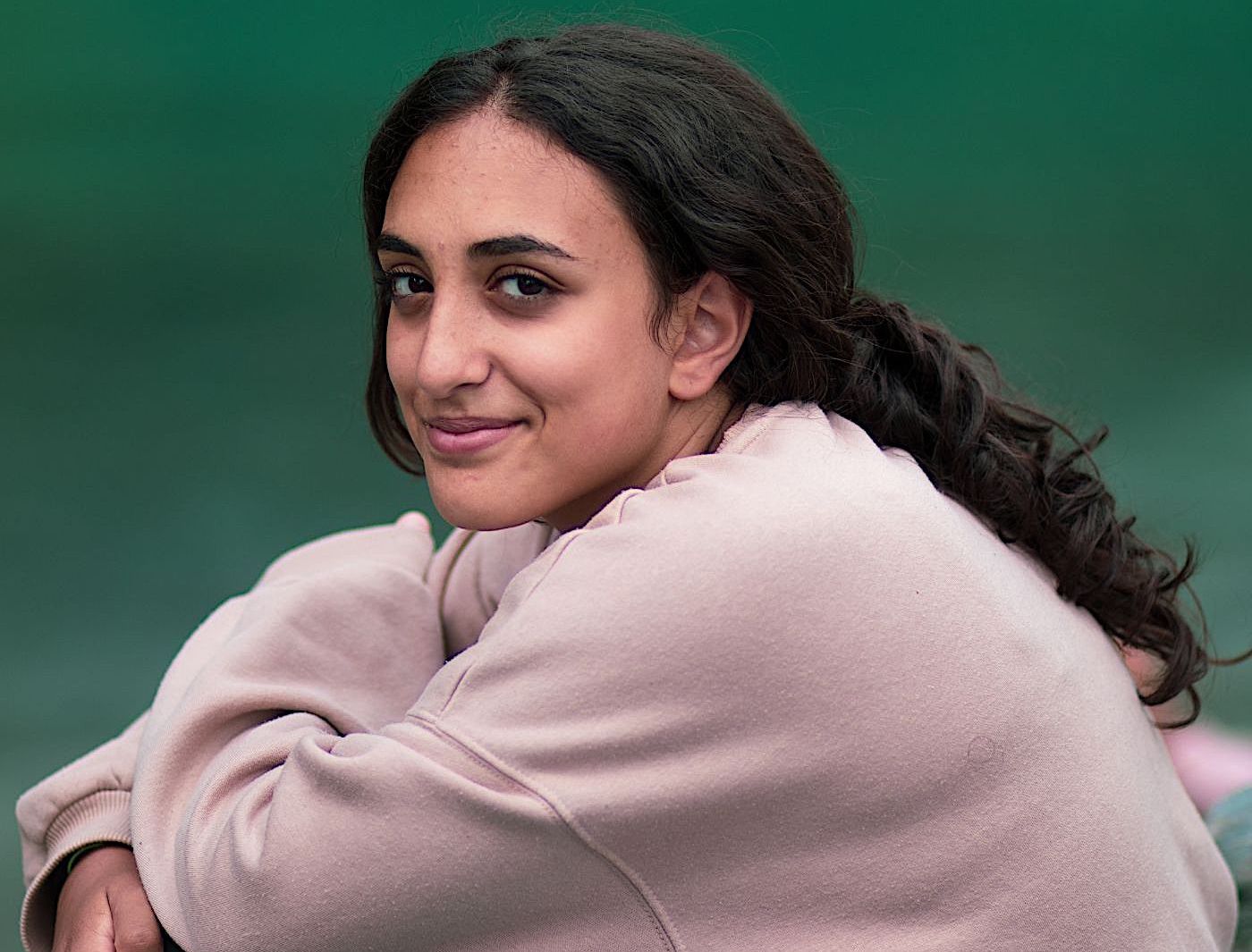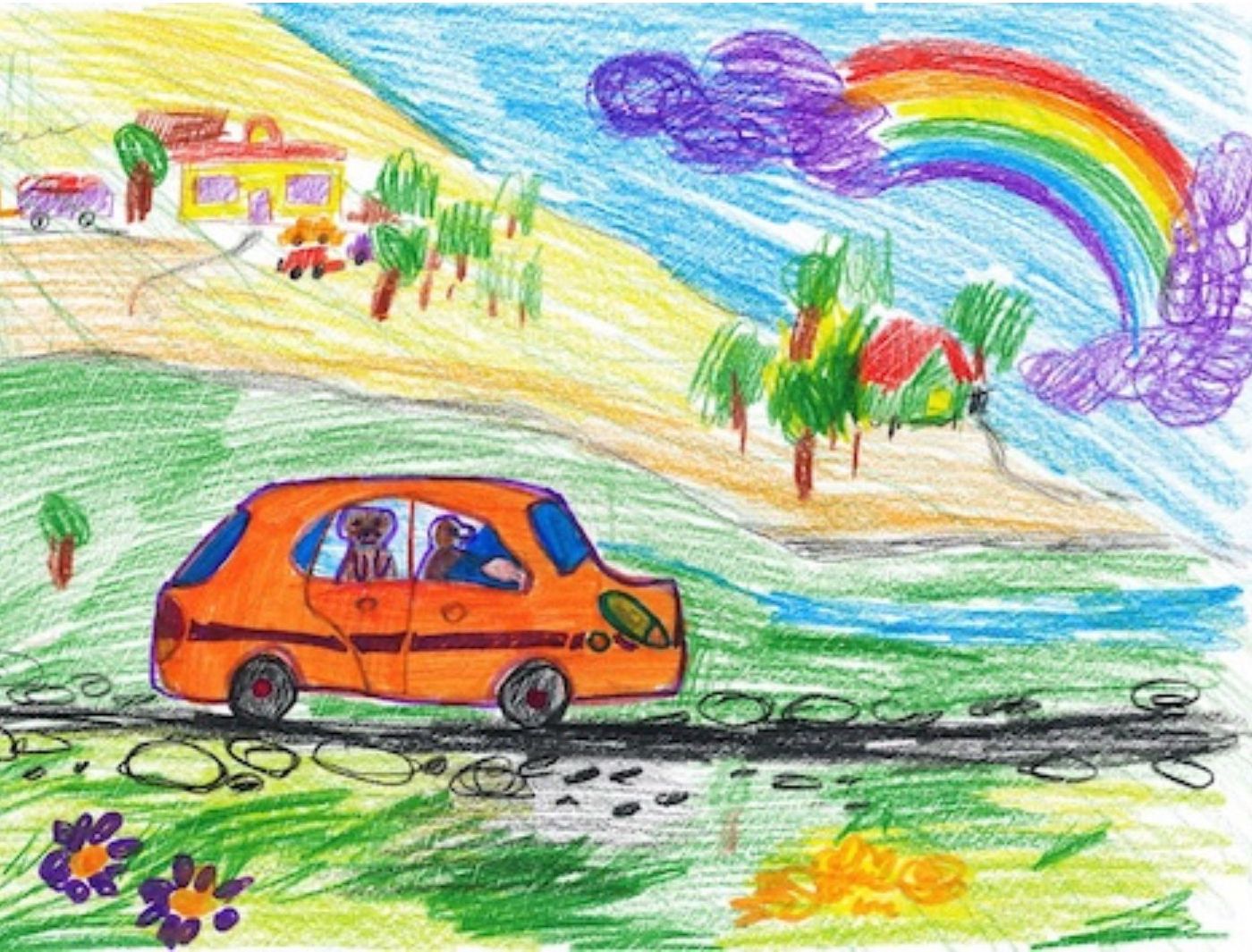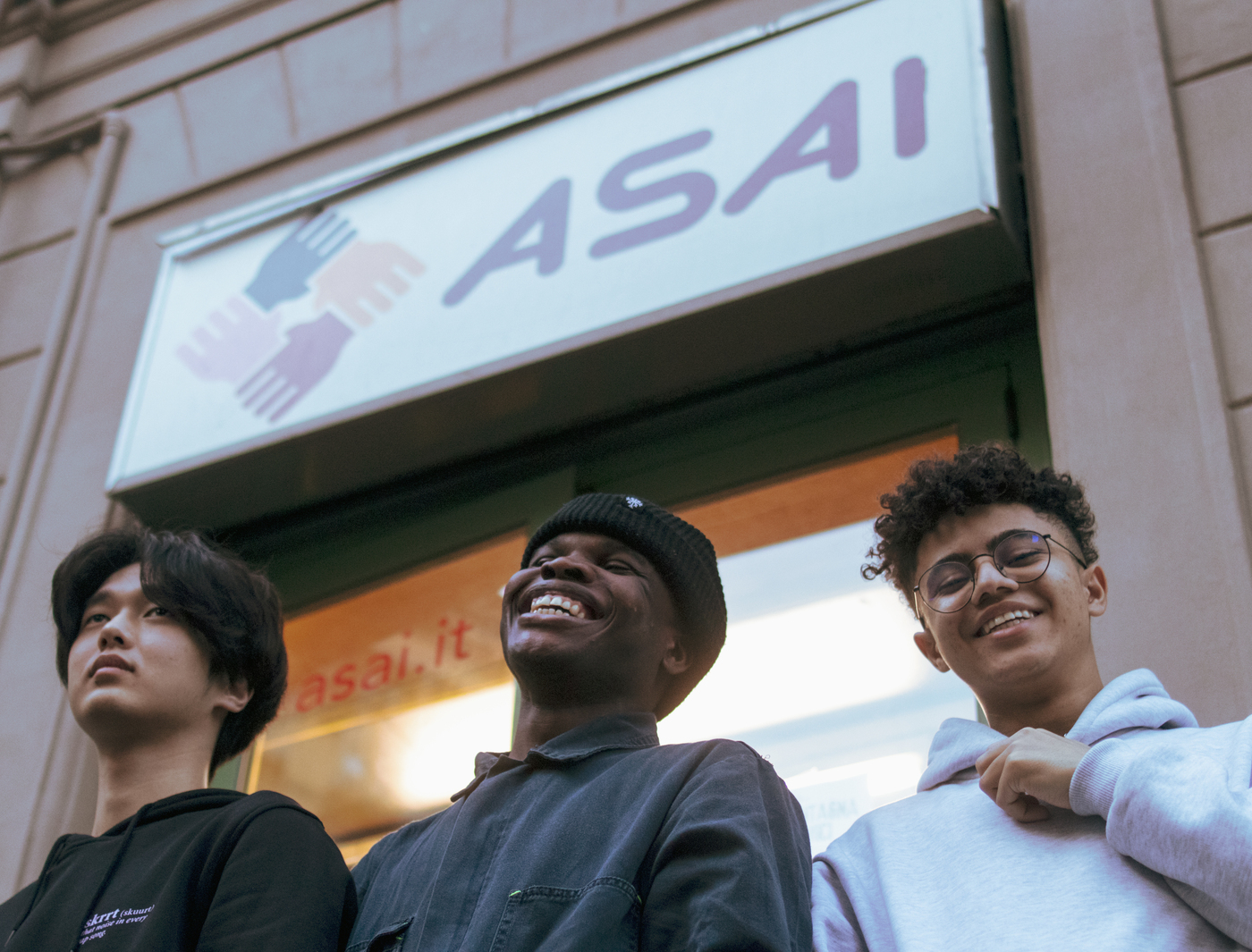Since its foundation, ASAI has collaborated with numerous primary and secondary schools, in synergy with other actors in the education community, to experiment and co-design a different way of doing school through interdisciplinary teaching activities that promote well-being in the learning environment.
The goal is to activate avenues of exchange, mutual learning, and collaboration among the actors of the educational community, with a cultural approach that places a sense of responsibility on the various actors called upon to play a role in the “educating city” and in the practice of diffuse education. The common goal is to activate participatory processes that strengthen and enhance public schools as laboratories of social and democratic participation, thereby supporting them in becoming a community.
